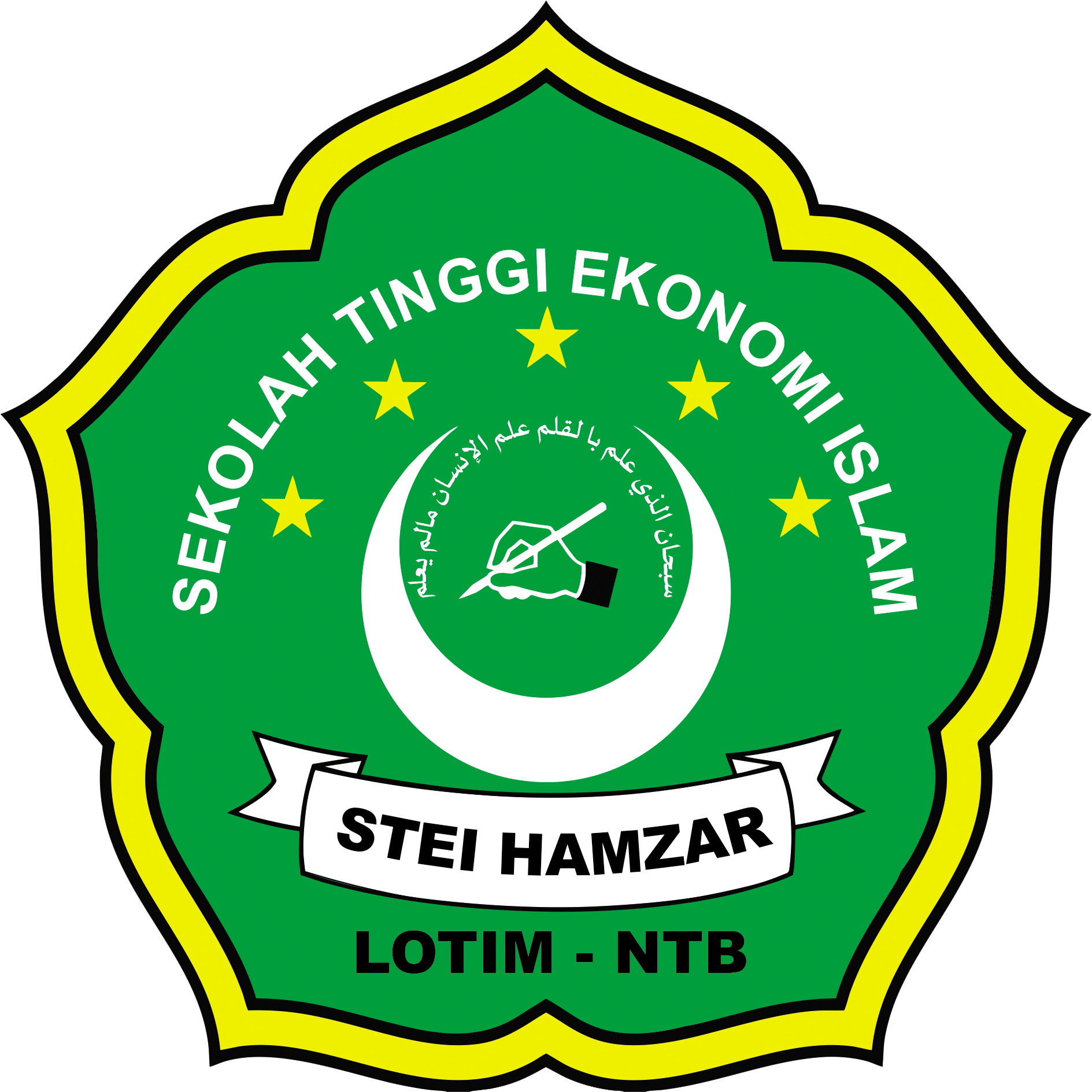Efficiency Analysis Of Indonesian Islamic Banks Using The Data Envelopment Analysis (Dea) Method For 2021-2022
Kata Kunci:
Efficiency, Improvement Target, Data Envelopment analysis (DEA), Six Sigma, Kaizen, Syariah Bank.Abstrak
The increasing demand for banking services has driven significant developments, not only in conventional banking but also the growth of Islamic banking. This study aims to measure theefficiency of PT Bank Syariah Indonesia Tbk in 2021-2022. The method used is descriptive quantitative with BSI quarterly financial reports as a population with BSI KCP Aikmel as a sample, with purposive sampling technique. Secondary data is collected through the bank's website. The Data Envelopment Analysis (DEA) method was used, with labor costs, fixed assets, and third party funds (DPK) as input variables, and financing and operating income, and current assets as output variables. The main focus of this research is to utilize the DEA approach to identify inefficiencies and then propose targeted improvement strategies by integrating Six Sigma and Kaizen methodologies. The findings of this study provide a thorough understanding of the efficiency landscape of Islamic banks in Indonesia over the specified time period. In addition, the study provides specific recommendations and strategies for improvement, which are in line with the dynamics of the banking industry. Statistical analysis showed no significant difference in the average efficiency scores between the two sample banks over the observation period, as indicated by the independent sample t- test (t-value = 1.312, t-table = 1.312, t-table = 0.05). Therefore, the null hypothesis (H0) is accepted




